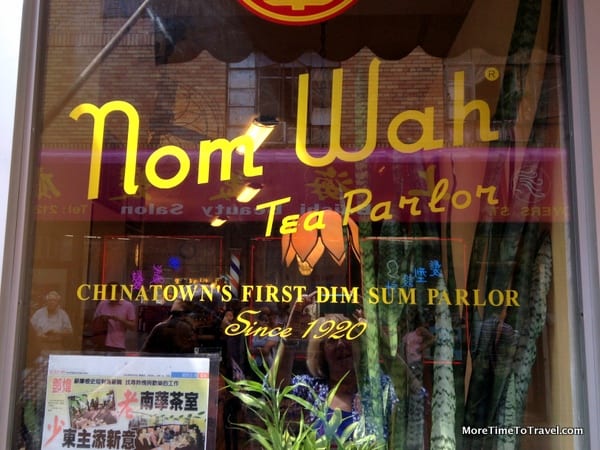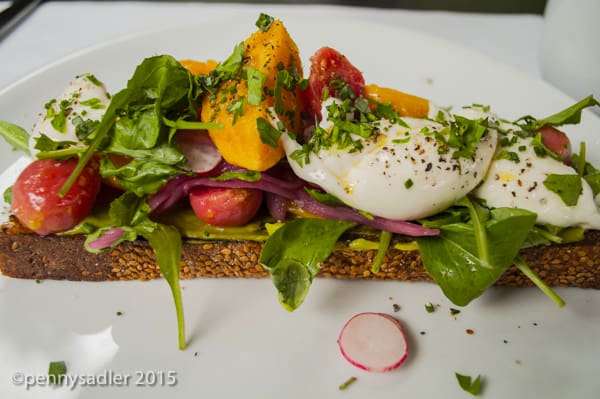Tasting Bodegas Caro Wines: Malbec from Argentina

As we await traveling abroad again, one of the places on our bucket list is Argentina. When we do get there, we hope to spend time in the Mendoza Valley, known for its exquisite wines, probably best experienced when paired with the region’s flavorful barbecued meat dishes. Doesn’t sound bad, does it?
As part of a convivial group of travel, food, and wine journalists, we were recently invited on a virtual trip to Mendoza (the next best thing to being there) to sample three Malbec wines. The Zoom wine tasting was led by Phillippe Rolet, Estate Manager of Bodegas Caro, who oversees one of the boutique wineries in a region that boasts more than a thousand.

We had received three different bottles in advance of the tasting but who can let a bottle of wine sit and wait when the package arrives on your birthday? So we did uncork one before the official tasting—although we saved a few ounces so we could compare it to others at the tasting.
Learning about Argentinian Malbec
With our faces lined up in square boxes on the Zoom, Dana Bruneau of Cuvee & Co. introduced us to Phillippe Rolet who took center stage on the screen to tell us about the wines we would be tasting.
Phillippe was born and raised in the Jura region of France, where his family owned Domaine Rolet. Prior to becoming estate manager at Bodegas Caro in January 2019, Phillippe had extensive experience in the industry, focusing on South American wines, for many years including 13 years managing the Argentinean assets of the Bordeaux-based Edonia Group.
Prior to the tasting, we didn’t know very much about Malbec’s origins or history. Like Monsieur Rolet, Malbec is a French transplant with roots in Argentina. Our host explained that in 1853, a French agronomist cultivated grapes from Bordeaux in Mendoza, which thrived in the high altitude soil. Although the grapes from the two countries could be considered “cousins,” he emphasized that they are not alike because of the distinct differences in terroir.

The Mendoza region is now the fifth-largest wine growing area in the world and Argentina dominates in production of Malbec wines—followed by France and then the U.S. (produced in California, Washington, and Oregon). Another stat: Mendoza produces some 70% of all Argentinian wine.
It’s not surprising that Malbecs are so popular because these full-bodied ruby-colored wines can both be paired with foods or enjoyed on their own.
Bodegas Caro Wines
The historic but fully renovated cellars of Bodegas Caro date back to 1884 and 1895.

It is here that two legendary winemaker families, the French Domaines Barons de Rothschild (Lafite) and Argentinian Catena family (a three-generation winemaking family) decided to partner to create a wine that blended the signature grapes of each producer, Malbec and Cabernet Sauvignon. The first vintage was produced in 2000.
We tasted three Bodegas Caro wines, all of them produced with hand-harvested grapes:
Aruma 2018
This pure Malbec receives its name from the Mendoza native Indian word for “night.” It is fresh, eminently affordable (at $15 a bottle), ready to drink now, and a great choice for sharing with friends. The wine is aged in stainless steel vats for freshness. Phillippe suggested pairing it with a juicy lomo (pork tenderloin) sandwich on a pita-like bread, typical Argentinian fare.
Tasting notes from the winemaker:
The robe is deep red with hints of violet. The nose reveals aromas of plum and red fruit. The palate is fresh and elegant, with remarkable balance between tannins, acidity and alcohol. Long, delicate finish. Overall, a very convivial, attractive wine.
Amancaya 2017
A blend of 60-70% Malbec and 30-40% Cabernet Sauvignon, this was the fan favorite in my house. Its name derives from that of a native Indian flower found at high altitudes in the Andes Mountains in Mendoza. It is aged for 12 months in French oak barrels and is also very affordable at $20 a bottle. Great paired with lamb or goat.
Tasting notes from the winemaker:
Deep ruby color. Intense aromas of white flowers, red cherries and figs. Juicy and complex with hints of cloves and other spices. This well-balanced wine is an elegant expression of the blend of Malbec and Cabernet Sauvignon.
CARO 2017
Not produced every year, the grapes used for this wine are grown in areas in the Luján de Cuyo and the Uco Valley, areas with the most favorable vineyard conditions. Aged 18 months in French oak barrels made in Bordeaux, the wine is a blend of Malbec with 33% Cabernet Sauvignon, whose name (CARO) derives from a portmanteau of Catena and Rothschild. Priced at $65 a bottle, this wine might be reserved for special occasions served with meat or pasta.
Tasting notes from the winemaker:
This wine has a dark, intense color, with hints of violet. The nose reveals a complex mix of aromas including raspberry, black pepper, violets, cloves and subtle notes of dark chocolate. On the palate the wine is well-balanced with a refreshing acidity and ripe tannins that contribute to the harmony and smoothness of the palate.
Phillippe noted that the prices of these wines have remained stable for the past ten years and that they are widely available from U.S. distributors. I think we discovered some new go-to red wines to enjoy during this travel hiatus that reflect the best of two cultures.
All photos courtesy Bodegas Caro Winery
Disclosure: Our participation in the tasting was hosted by Bodegas Caro but any opinions expressed in this post are our own.
WHEN YOU GO

- Check out the Bodegas Caro website for information on winery tours, tastings, and cultural events that take place on-site.
Save to Pinterest!






